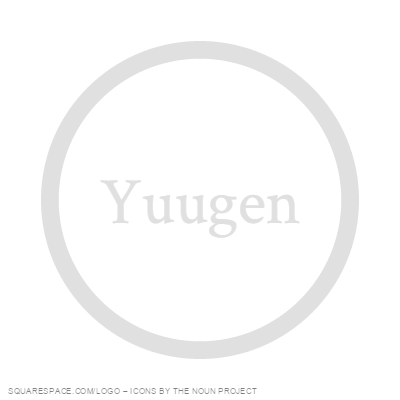Kiyomizu-dera
Built in 778 overlooking the city of Kyoto from its eastern hillside, Kiyomizu-dera was constructed before Kyoto was founded as the Imperial Capital of Japan in the 9th century. Kiyomizu-dera is the home of worship to the Bodhisattva of Compassion, Kannon. The main hall which stands on the side of a cliff, was named a National Treasure of the state before it was named a UNESCO World Heritage Site of Ancient Kyoto. The Kiyomizu Stage, the balcony of the main hall, stands atop 12m tall ceder pillars which do not use nails in the construction and provides a grand view of the city of Kyoto.
For the casual: 9. For the educated: 8.
I'll start with the bad because afterwards there's so much good to talk about. The only real issue with the temple is that it's a major tourist attraction and so it will often be filled with visitors. Ok, now that that's done with, time to move onto the fun stuff!!! First off, wow. Kiyomizu-dera is beautiful and breathtaking. There are several fun experiences to take place at the temple. There is a dark hall you can go to, perfect if visiting in the hot summer months, near the front of the temple. You pay 100 yen and get to enter this pitch black cavern called Tainai-Meguri, or the Womb of the Daizuigu Bodhisattva. You walk along this dark corridor until you come across a stone in Sanskrit bathed in a single ray of light where you make a wish before returning to the darkness. When you're done with that, you can move on to the main hall or Jishu Shrine where you can complete tasks in the name of finding true love.
Going to the main hall is one of the most amazing experiences. Like advertised, it is the crowning jewel of Kiyomizu-dera. The view from the balcony is one of the best you can find. Lots of people will be there so be aware. When I was there, Kiyomizu-dera was preparing for construction so not everything may be open for the next few years. That being said, enjoy the walk around the Main Hall, visit the natural spring below, and be sure to take plenty of pictures.
The Main Hall from the hillside path with Kyoto beyond.
Traveling monks may grace your path along the way.
